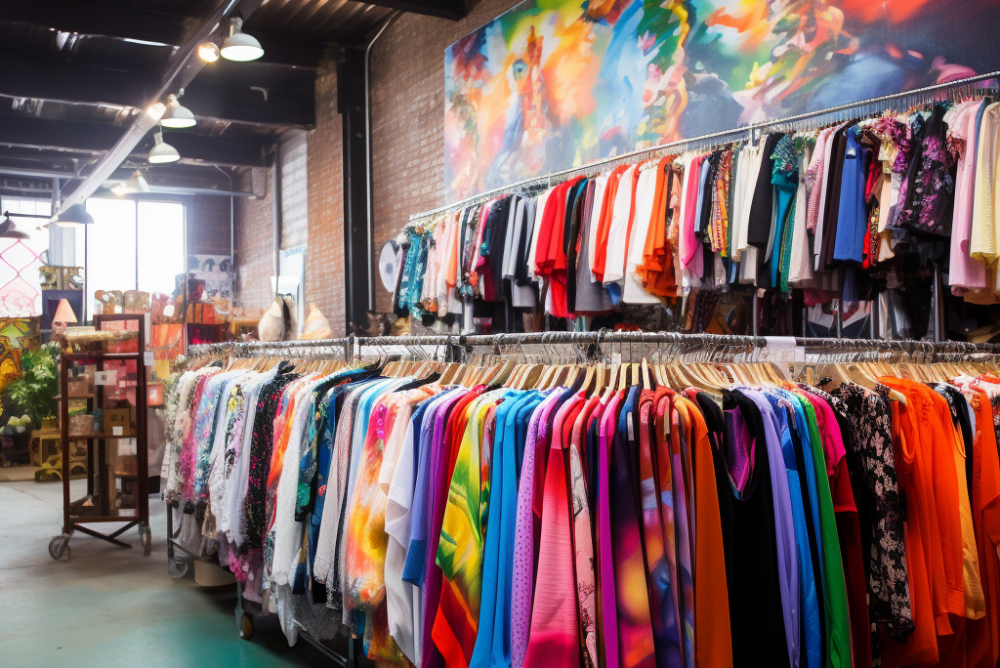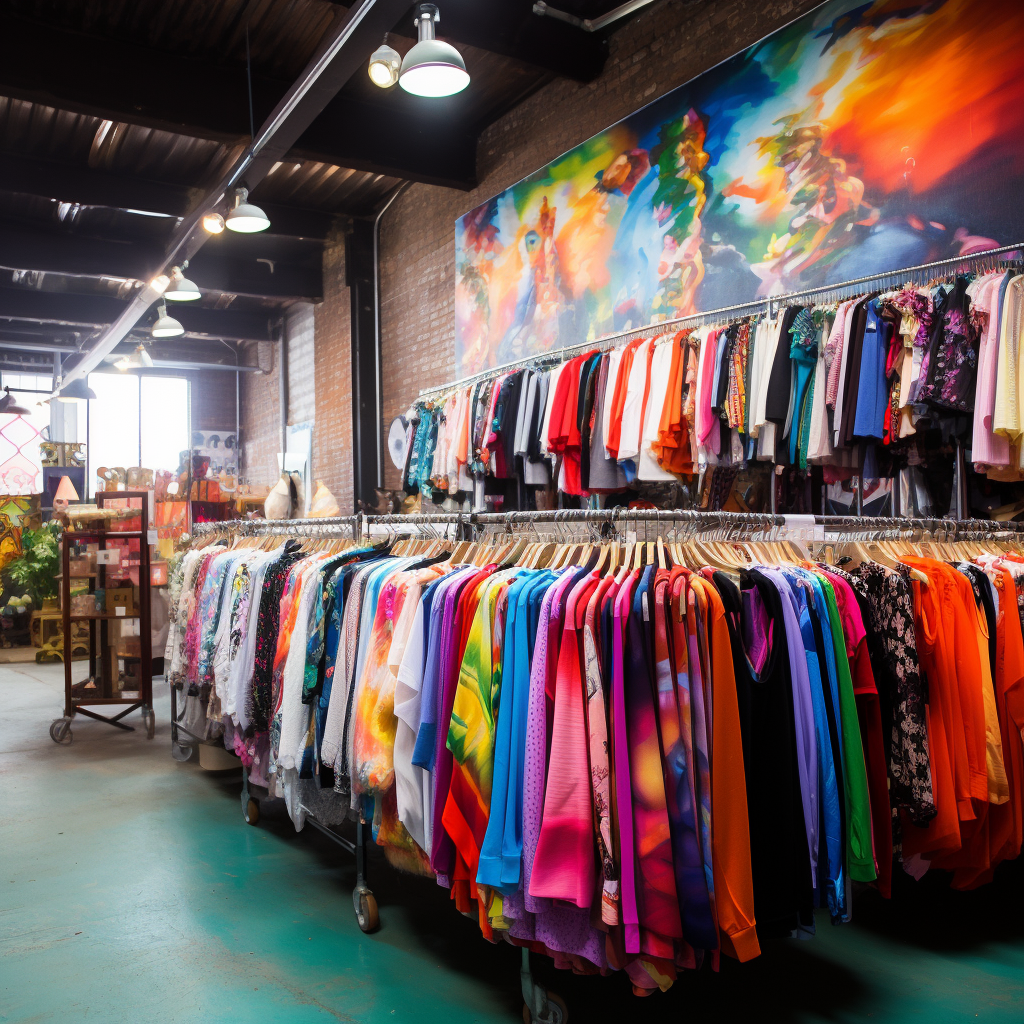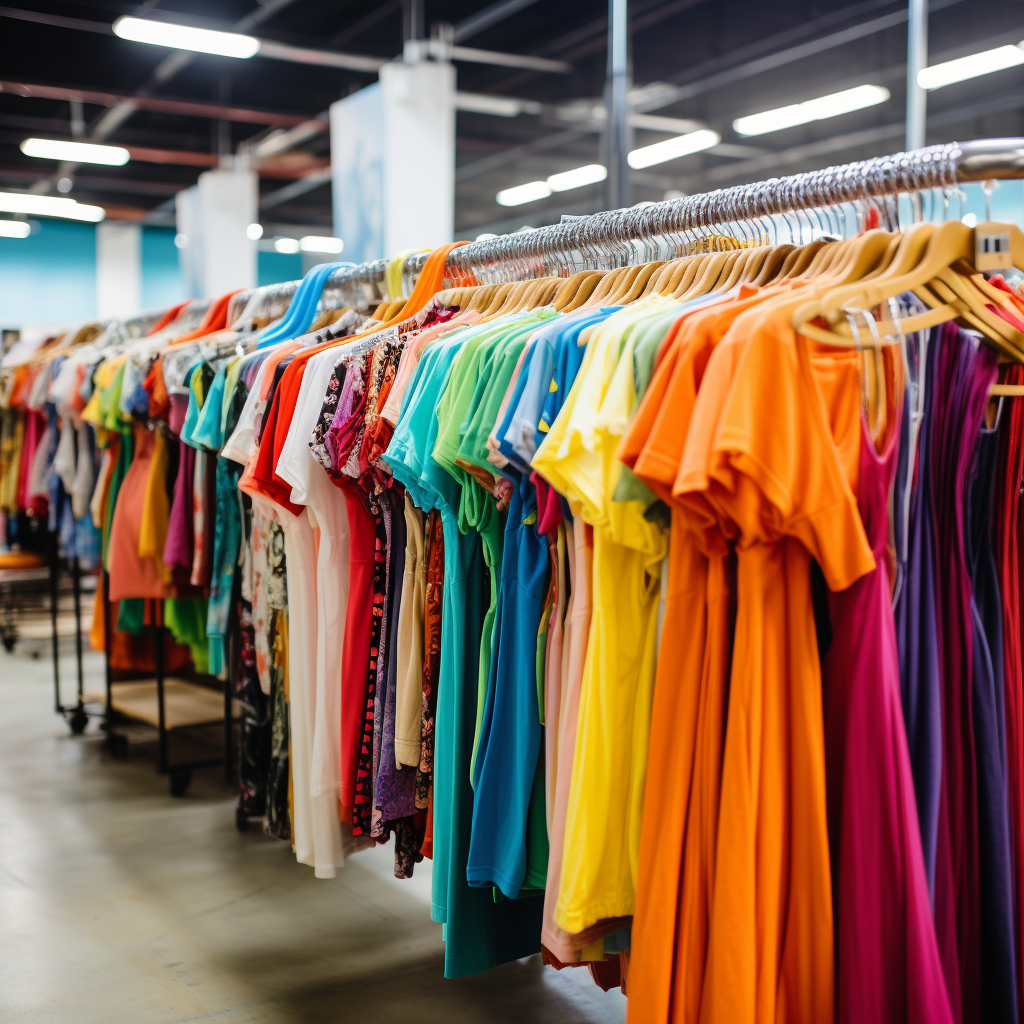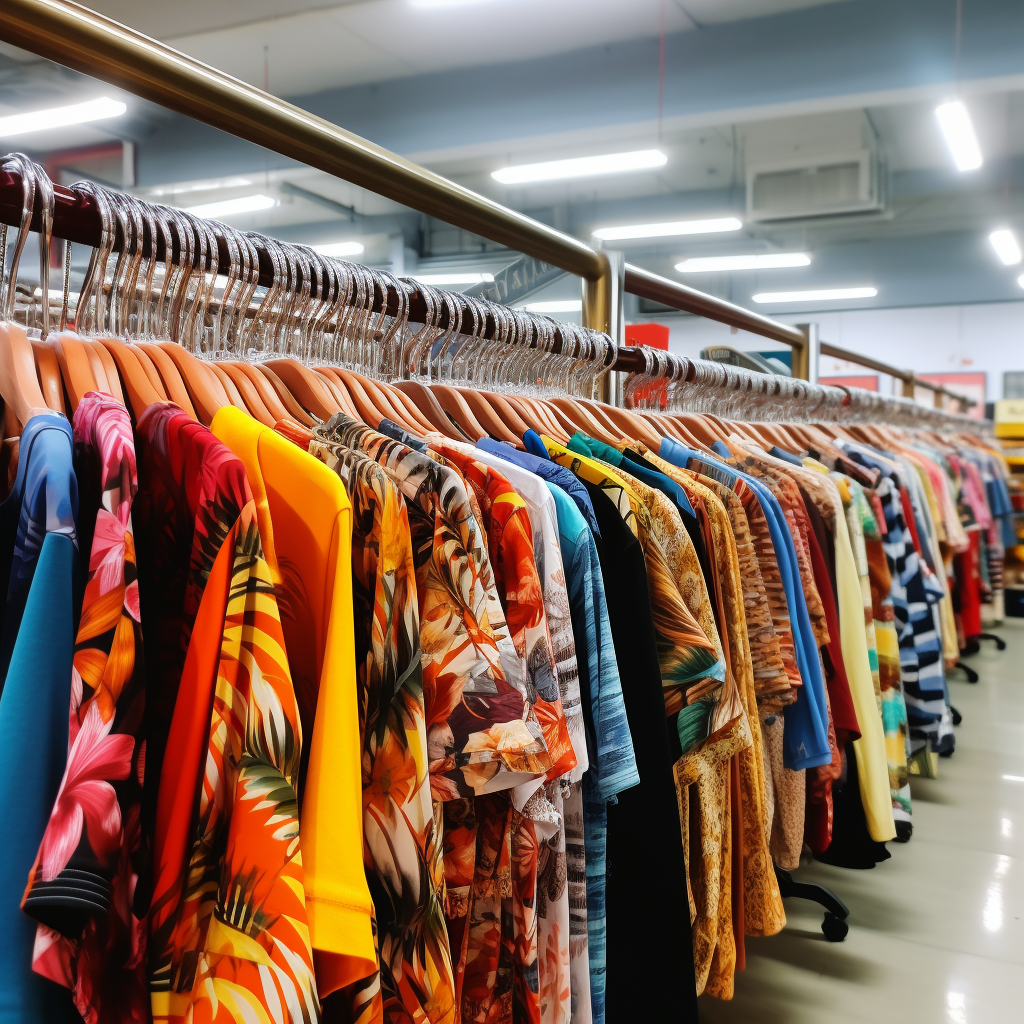Wholesale vs. One-Piece Shopping: The Newcomer's Guide


The retail industry is a vast and ever-changing landscape, with innovations and trends continually altering the course of shopping behaviors and preferences. One debate that has garnered considerable attention, especially among newcomers to the fashion and retail sector, is the choice between wholesale clothing and one-piece shopping. Both methods come with their unique advantages and potential pitfalls, making the decision a pivotal one for budding entrepreneurs and fashion enthusiasts alike.
Wholesale shopping, by definition, involves buying products, particularly clothing, in bulk at a discounted rate. This approach is typically used by business owners looking to stock their stores or online platforms. On the other hand, one-piece shopping refers to the purchasing of individual clothing items, often for personal use or smaller retail setups.
In this in-depth exploration, we will break down the pros and cons of both wholesale clothing and one-piece shopping, drawing upon real data, and providing insights into which option might be best suited for newcomers in the industry.
Understanding the Basics: Wholesale Clothing and One Piece Shopping
Before diving into the merits and demerits of each shopping method, it's essential to grasp the foundational concepts that define them.
Wholesale Clothing: At its core, wholesale involves purchasing large quantities of merchandise directly from manufacturers or distributors at a reduced price. Retailers or businesses can then sell these items to the end consumers at a markup, generating profit. While the fashion industry is a prominent player in the wholesale market, many other sectors, from electronics to home goods, also utilize this model. For newcomers to the retail scene, wholesale often suggests the promise of higher profit margins due to the bulk buying discounts.
One Piece Shopping: Contrary to wholesale, one-piece shopping revolves around purchasing individual items, whether for personal use or retail. This approach leans more towards quality over quantity, with a keen focus on specific product attributes like design, fit, or brand. Consumers or small business owners who opt for one-piece shopping are typically looking for unique items that stand out or meet a very particular need or preference.
Having a foundational understanding of these two approaches is critical because the choice between them can significantly impact the direction and success of a new retail endeavor. Whether it's the immediate financial considerations or the long-term brand-building efforts, the decision to go wholesale or choose one-piece shopping will resonate throughout the business journey.
Advantages of Wholesale Clothing for Newcomers
Cost-Effectiveness: The most apparent benefit of wholesale clothing is the cost advantage. When purchasing in bulk, items come at a significantly lower price per piece than if they were bought individually. This discount can be particularly beneficial for newcomers with tight budgets or those looking to maximize their startup capital.
Variety and Selection: Wholesalers often offer a wide range of styles, colors, and sizes, allowing businesses to provide diverse choices to their customers. For newcomers aiming to serve a broad audience, wholesale can be an efficient way to stock up on a range of products.
Branding Opportunities: Buying in bulk often provides opportunities for customization. New brands can work with manufacturers to tweak designs, add logos, or make other brand-specific modifications. This ability to customize can be invaluable for those looking to establish a distinct brand identity early on.

Advantages of One Piece Shopping for Newcomers
Personalization and Fit: One of the most significant advantages of one-piece shopping is the level of personalization it offers. For consumers or small retailers who are particular about design, fabric quality, or fit, one-piece shopping can be a perfect choice. Each item can be chosen based on specific attributes, ensuring that it aligns perfectly with the buyer's or customer's preferences.
Quality Assurance: Purchasing individual pieces often allows for closer inspection of each item. This means any defects, inconsistencies, or quality issues can be identified and addressed immediately. For newcomers keen on building a reputation for quality, this method provides more control over the products they acquire and sell.
Instant Gratification: For those starting small or testing the retail waters, one-piece shopping allows for immediate feedback. Whether it's gauging customer reactions or assessing the fit and feel of a product firsthand, buying individual pieces facilitates a more hands-on approach. It's especially valuable for those who operate pop-up shops, stalls, or online platforms with limited inventory.
Drawbacks of Both Shopping Methods
Every coin has two sides, and while both wholesale and one-piece shopping offer numerous advantages, they aren't devoid of challenges.
For wholesale, the significant investment required upfront can be daunting for newcomers. Additionally, there's a risk associated with buying in bulk; if a particular style or product doesn't resonate with the target audience, it could lead to overstock and potential losses.
One-piece shopping, on the other hand, might not be as cost-effective in the long run. Per-piece costs are higher, and for those looking to scale their business, this method might prove to be limiting. Additionally, the time and effort required to source individual pieces can be considerable, especially when compared to the convenience of a one-time bulk purchase.
Case Studies: Real-life Success and Pitfalls
To further understand the implications of choosing between wholesale clothing and one-piece shopping, it's beneficial to consider real-life examples of businesses that navigated these waters.
Case Study 1: The Boutique Bliss
Jenny, a newcomer in the fashion industry, decided to open a boutique in a bustling downtown area. Given her limited initial capital, Jenny chose the one-piece shopping route, sourcing unique clothing items from various suppliers. Her boutique soon gained a reputation for offering one-of-a-kind pieces, attracting a loyal customer base. However, as demand grew, Jenny struggled with inventory management and maintaining a consistent supply of fresh items. Her per-piece costs remained high, affecting her profit margins.
Case Study 2: UrbanWear Wholesale Wonder
Mark, an aspiring entrepreneur, envisioned creating an urban clothing brand. He collaborated with a manufacturer, purchasing large quantities of trendy clothing items at discounted prices. His bulk buying strategy allowed for a healthy profit margin. Mark's brand, UrbanWear, quickly gained traction online, and he soon expanded to physical retail locations. However, a few design choices didn't resonate with his target audience, leaving him with excess stock that he had to sell at steep discounts, affecting his overall profitability.

Making the Right Choice: Factors to Consider
For newcomers, choosing between wholesale and one-piece shopping involves weighing several factors:
Initial Investment: Wholesale requires a larger upfront cost, but potential per-piece savings can be substantial. One-piece shopping, while less capital-intensive initially, might have higher long-term costs.
Target Audience: Understanding your target demographic is crucial. If they value unique, individual pieces, one-piece shopping might be the way to go. However, if they prioritize variety and competitive pricing, wholesale could be more fitting.
Brand Vision: Are you looking to establish a brand with a wide range of products? Or is your focus on curated, handpicked items? Your brand's vision and growth trajectory will significantly influence your choice.
Scalability: If you envision rapid expansion, wholesale provides an easier pathway. One-piece shopping can be more labor-intensive to scale.
Risk Tolerance: Wholesale comes with the risk of overstocking unpopular items. One-piece shopping can lead to stock-outs of popular products. Understanding and being comfortable with these risks is essential.





-500x500.jpg)
-500x500.jpg)
-500x500.jpg)
-500x500.jpg)
-500x500.jpg)